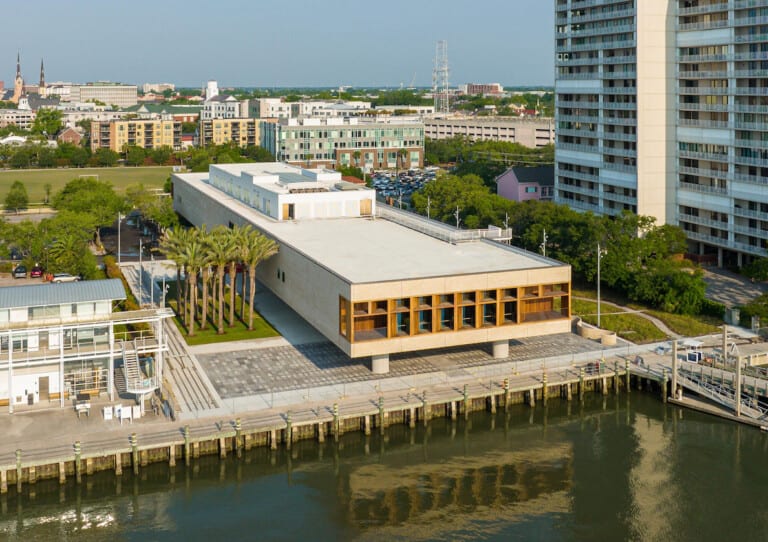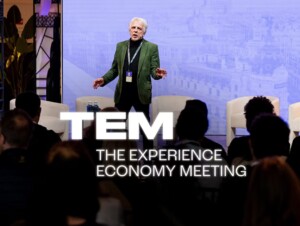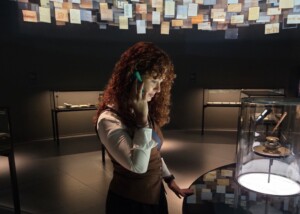The International African American Museum (IAAM) in Charleston, South Carolina is opening to visitors on 21 January 2023 after more than 20 years of planning.
Constructed on the former site of Gadsden’s Wharf, a slave trading port, the International African American Museum will explore the African American journey through artefacts and exhibits.
“This museum will be a must-see space of courageous curiosity and authentic engagement with our nation’s history – with African American history,” said Dr Tonya Matthews, president and CEO of the International African American Museum.
“Committed reckoning with history is a necessary stop on the road to healing and reconciliation,” Matthews added.
“Charleston is a port city, a global city, a historic city – and there is no better place for our museum to steward these stories that have such national and international significance and impact.”
Designed by architect Henry Cobb and boasting nearly 150,000-square-feet space, the museum features nine exhibition galleries.
It also includes the African Ancestors Memorial Garden, home to art installations, live plantings and an infinity reflection pool by landscape architect Walter Hood.
“48.1 percent of all the African slaves who came to the United States entered this country through Charleston,” added African American filmmaker and Harvard professor Henry Louis Gates Jr.
Built on the former site of Gadsden’s Wharf
“So, for blackness, black culture, the African experience, the African American experience, slavery – however you want to slice it – this is ground zero.”
Gates helped shape the museum’s concepts for its Center for Family History, a genealogy research library connected to the world’s largest genealogy databases.
“Our journey has been long because it took time to secure the optimal site,” said former Mayor of Charleston Joseph P. Riley Jr. “A site that is called ‘sacred’ because it is precisely where so many enslaved Africans arrived in our country, and many died here.”
“I am confident that this museum will help educate its visitors on America’s dark past and inspire future generations through stories of perseverance,” said Congressman James E. Clyburn, the museum’s first board chair.














